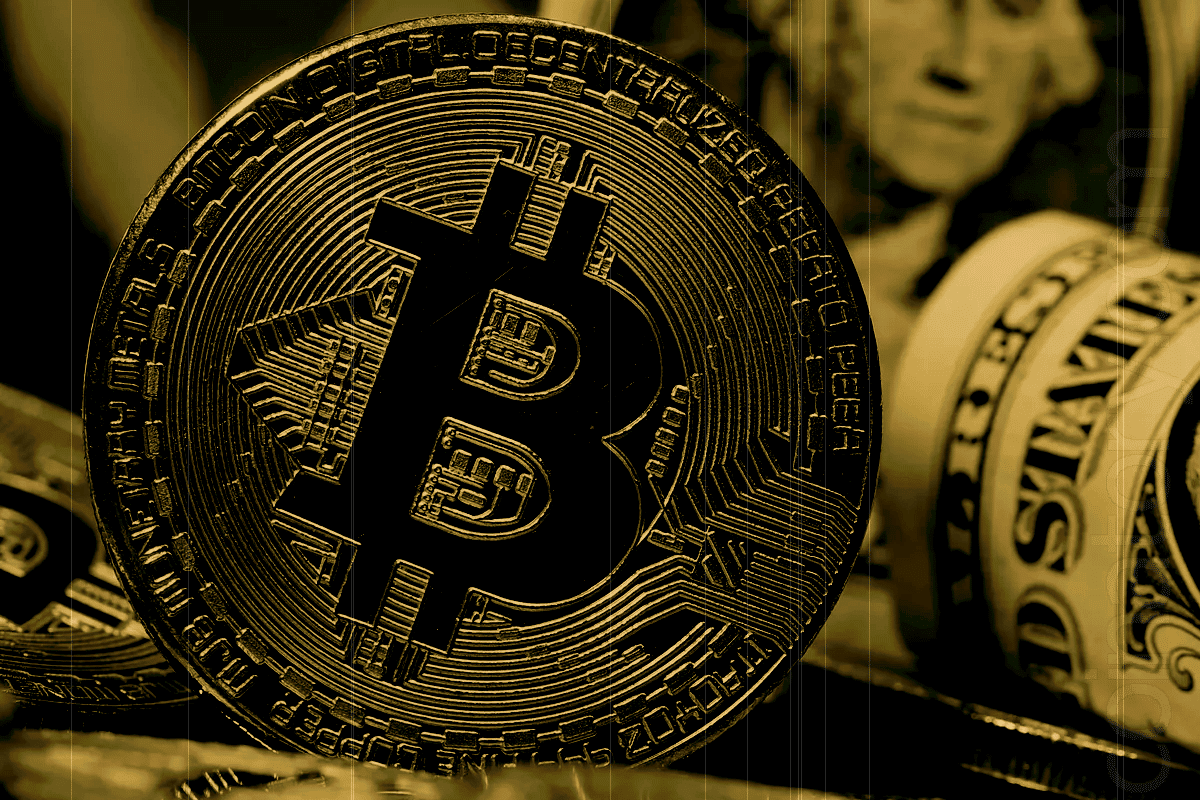
Tokenized gold markets recorded a significant milestone this week, with trading volume exceeding $1 billion for the first time since March 2023. The surge follows heightened global market uncertainty stemming from U.S. President Donald Trump’s latest tariff measures, which have pushed investors toward safe-haven assets.
The last comparable trading activity in tokenized gold occurred during the 2023 U.S. banking crisis, when the abrupt collapse of Silicon Valley Bank, the voluntary liquidation of Silvergate Bank, and the subsequent shutdown of Signature Bank prompted widespread financial instability.
Investor sentiment has shifted notably since early February, as fears of a renewed global trade war began to permeate digital asset markets. According to a research note from CEX.io, tokenized gold has emerged as one of the top-performing categories in the crypto sector. Since the January 20 tariff announcement, trading volume for Paxos Gold (PAXG) has climbed by over 900%, Tether Gold (XAUT) has risen more than 300%, and Kinesis Gold (KAU) has posted an exponential increase exceeding 83,000%.
The sector’s expansion underscores the broader momentum behind real-world asset (RWA) tokenization—a financial innovation that brings traditional instruments like real estate, art, and precious metals onto blockchain networks.
Market capitalization of tokenized gold has surged over 21% since the beginning of the year, while its trading volume has expanded more than 1,000%, far outpacing the 285% growth observed in the stablecoin market over the same period.
These developments parallel a rally in physical gold, which hit a record high of $3,128 per ounce on March 31. Since the start of 2025, gold prices have appreciated more than 18%, outperforming Bitcoin, which has declined over 12% year-to-date.
CEX.io’s lead analyst, Illia Otychenko, emphasized that while tokenized gold is not yet a full substitute for physical gold in the current stage of RWA infrastructure, it offers a compelling alternative for crypto-native investors seeking to hedge against volatility without exiting digital markets.
“Tokenized gold has functioned as a diversification tool, increasingly featured in portfolios amid rising macroeconomic uncertainty,” Otychenko noted.
The return to protective asset classes follows renewed geopolitical trade tension driven by the U.S. administration’s aggressive tariff strategy. The policy shift has created widespread volatility, diminishing investor appetite for risk and accelerating inflows into both physical and digital gold instruments.
This renewed demand for gold-backed assets builds on the precedent set during the 2023 financial turmoil, when the Federal Reserve introduced the Bank Term Funding Program to stabilize the banking system. That initiative is widely credited with fueling the Bitcoin rally that year, according to former BitMEX CEO Arthur Hayes.







